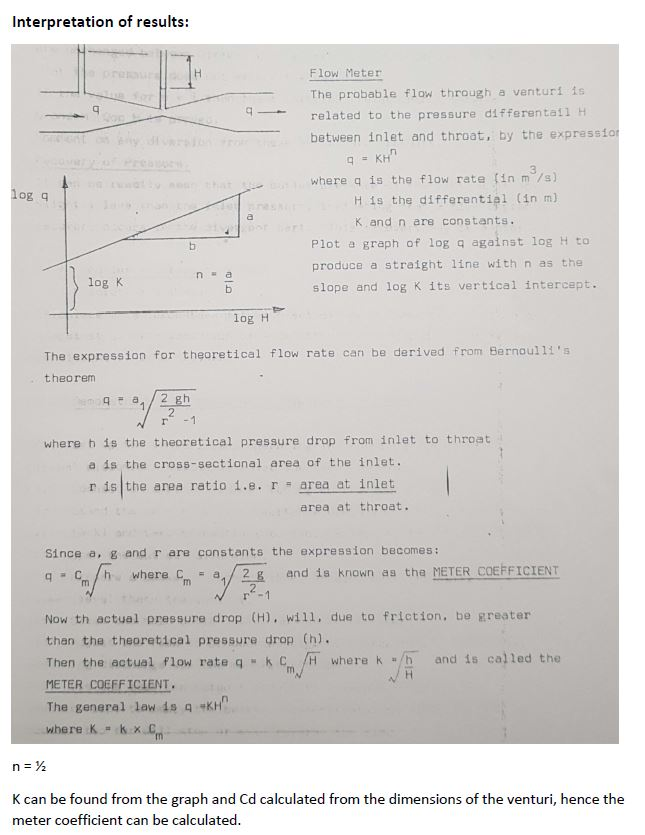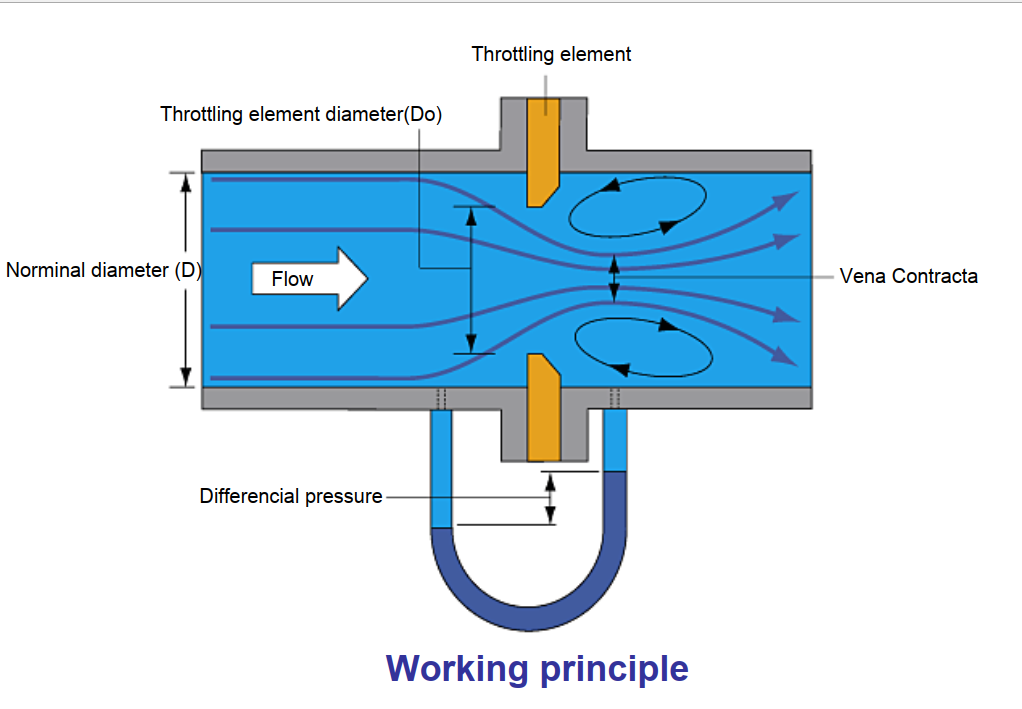
- #Theory for orifice plate lab report serial#
- #Theory for orifice plate lab report free#
It helps to know that the measurement specifications for oil and gas facilities and operations under the Saskatchewan Energy & Resources Ministry also have similar stipulations.Īlso Read: AER Directive 017 for Oil Production Test Headers Examining the Meter Tube The reports should be kept for at least one year and provided to the AER on request.

Document the condition of the internal components, including any repairs or changes made to them. Maintain a detailed record of the inspection.
#Theory for orifice plate lab report serial#
Be sure to attach a label or tag to the orifice meter or end device that identifies the meter serial number, the date of the internal inspection, and any other relevant details. Ensure that the inspections are according to the procedures specified by the American Gas Association (AGA), API, or other relevant systems accepted by an appropriate industry technical standards association. However, to accommodate operational constraints, you may inspect at any time, considering the frequency requirement. It is recommended to inspect the equipment at the same time as the calibration of the meter elements and end device, whenever possible. For all other gas meters, you may examine them annually.  When it comes to gas plant accounting meters and sales or delivery point (royalty trigger point) meters, you should inspect the devices semi-annually. The AER lists the inspection guidelines under Directive 017: Measurement Requirements for Oil and Gas Operations. The inspection cycle of the device, including its plate, depends on the application, customer contract, and government regulations. Frequency of Inspecting of the Orifice Meter Directive 017 of the Alberta Energy Regulator (AER) Also, remember to discard the old plate, so no one uses it again in the future. If any of the above inspections prove to be unsatisfactory, replace the orifice plate and seal. This can help ensure no fluids leak around the plate. Inspect the seals that hold the orifice plate in the housing and look for any signs of splits, cracks, or other damage. In addition to this, the plate must be perfectly straight without warpage or bulging.
When it comes to gas plant accounting meters and sales or delivery point (royalty trigger point) meters, you should inspect the devices semi-annually. The AER lists the inspection guidelines under Directive 017: Measurement Requirements for Oil and Gas Operations. The inspection cycle of the device, including its plate, depends on the application, customer contract, and government regulations. Frequency of Inspecting of the Orifice Meter Directive 017 of the Alberta Energy Regulator (AER) Also, remember to discard the old plate, so no one uses it again in the future. If any of the above inspections prove to be unsatisfactory, replace the orifice plate and seal. This can help ensure no fluids leak around the plate. Inspect the seals that hold the orifice plate in the housing and look for any signs of splits, cracks, or other damage. In addition to this, the plate must be perfectly straight without warpage or bulging. #Theory for orifice plate lab report free#
Make sure the orifice plate is smooth and free of any gouging or pitting.
Check the Overall Condition of the Plate. This is because such deformities will affect the flow pattern and differential pressure. 
Also, ensure the edge of the plate is sharp by running your fingernail across it. This is because the plate size is often changed physically but not recorded in the system.Ĭheck whether the inside diameter of the orifice plate bore matches the size stamped on the plate using a calibrated micrometre.Įnsure the bore edges are free of any gouges or nicks. Record the Size of the Orifice Plate Bore CorrectlyĮnsure that the size stamped on the plate matches the measurements in the production accounting calculations or flow computer.







 0 kommentar(er)
0 kommentar(er)
